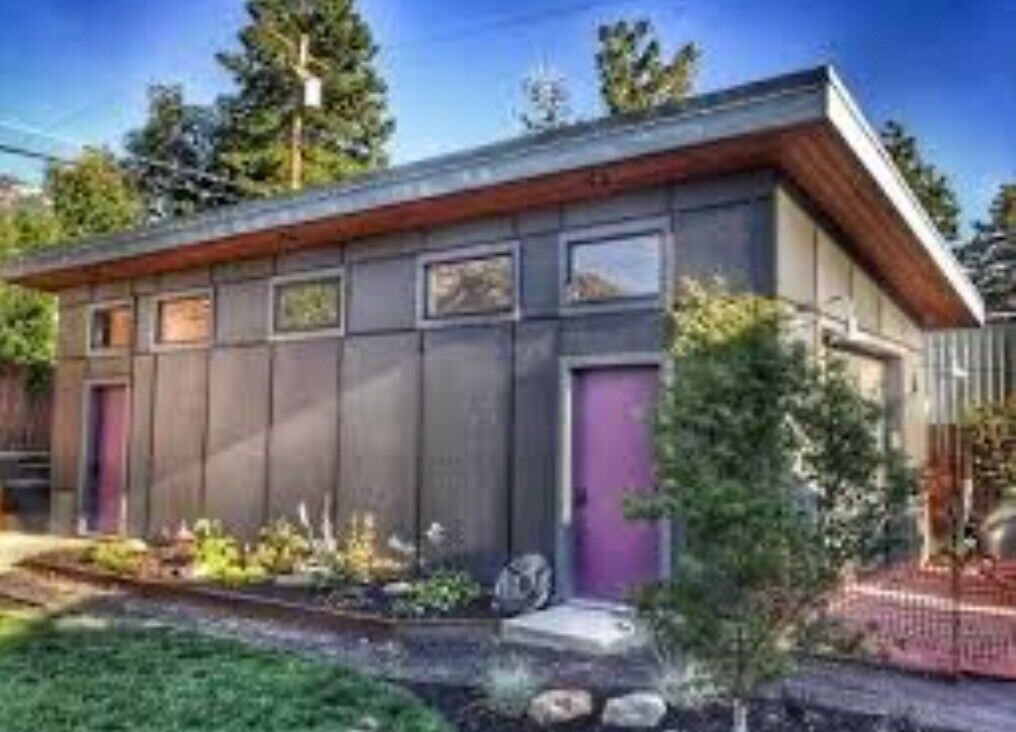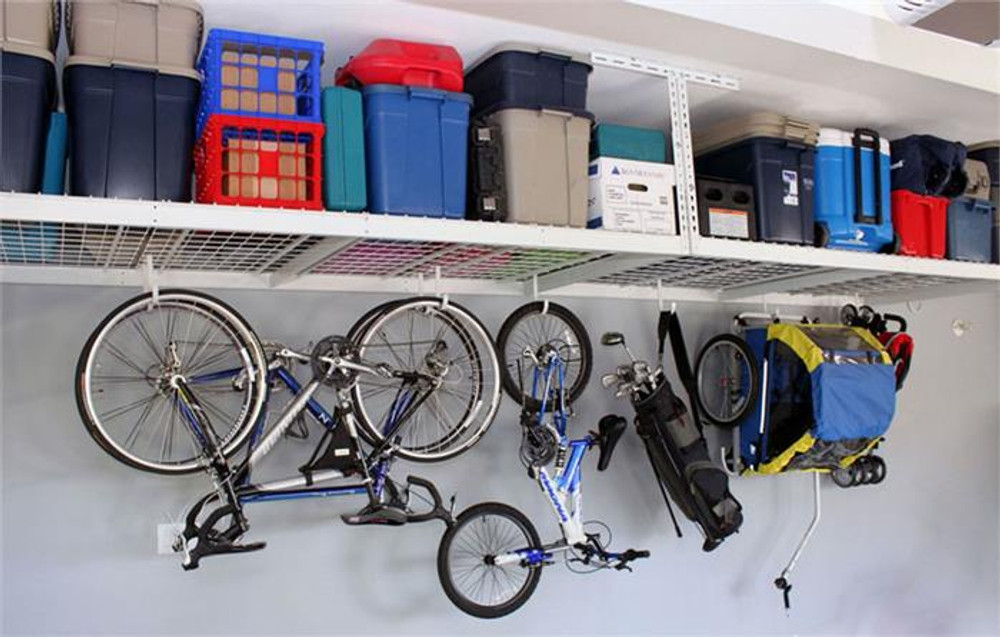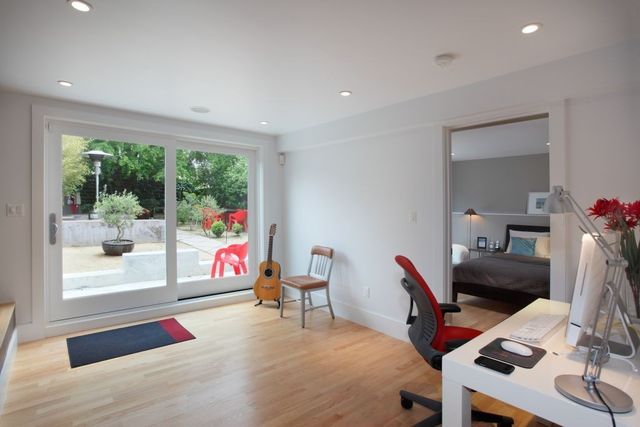
It's a great way for plants to be grown year round by turning your garage into an greenhouse. This allows you to save favorite plants for the next season. But you'll need to plan. You must ensure your greenhouse is properly lit, has enough space, and can regulate the temperature. By following these simple steps, you will be able to grow an impressive crop of fresh greens, herbs, and even tomatoes!
It's essential to measure the space. You may have to buy a thermometer, but once you know what the ideal temperature for your plants is, you can make the most of the space you have. Some plants are more sensitive that others to cold. Some vegetables and fruits, for example, are better grown at cooler temperatures than other root vegetables.
Next, think about the kind of plants that you would like to grow. Each plant must have the right amount of space in order to thrive. It is also important to know how much water your plant needs. Each plant will require different amounts of water daily, so you need to plan accordingly.

If your garage is glass-walled, you may consider installing a window or glass door. You will be able to provide more light to your plants, and also protect them from winter storms. Also, you may want to install an aquaponic system for growing fish. The same system can be used to grow produce year-round.
In addition, you may want to consider building a misting system. It is a good way to maintain the health of your plants. But, it isn't the only method. A greenhouse can also be used to keep your plants healthy and protected from the weather.
Another way is to use sheets of plastic. Plastic sheets can act as a greenhouse and are ideal for starting seedlings. You can keep your plants at the right temperature by blocking air drafts. Plus, they can be used to reflect light and catch some of the heat created by your lights.
Finally, your greenhouse will need proper ventilation. It is best to frame vents into garage walls. Once this is done, your greenhouse will stay at the perfect temperature throughout all seasons.

There are many different ways that you can transform your garage in to a greenhouse. You can also make a raised bed greenhouse. With a little research, you'll be able to turn your garage into a beautiful and useful garden. It's easy to create a garage greenhouse.
There are many garage greenhouses available for growing vegetables, herbs or aquaponic greens. You can have a greenhouse you are proud to display in just a few easy steps.
The key to making your garage a greenhouse is to be armed with the right tools. Depending on the weather in your area, you may need to add a space heater. Some people only need a few light bulbs.
FAQ
What should I do to my existing cabinets?
It depends on whether your goal is to sell or rent out your house. You'll need to remove the cabinets and refinish them if you plan to sell. This gives buyers a feeling of newness and allows them to visualize their kitchens when they move in.
If you are looking to rent your house, it is best to leave the cabinets as-is. Many tenants complain about cleaning up after their previous tenants, including greasy fingerprints and dirty dishes.
The cabinets can be painted to look fresher. Use a high-quality primer. Low-quality paints can peel off over time.
Why remodel my home when I can buy a brand new house?
Although houses are getting cheaper each year, you still have to pay the same amount for the same square footage. You get a lot more bang than you pay, but that extra square footage is still a significant expense.
A house that isn't in constant maintenance costs less.
Remodeling can save you thousands over buying a new house.
Remodeling your current home can help you create a unique space that suits the way you live. You can make your home more welcoming for you and your loved ones.
What is the difference between building a new home and gutting a current one?
A home gutting involves the removal of all interior items, including walls, floors ceilings, plumbing and electrical wiring, fixtures, appliances, and fixtures. This is usually done when you are moving into a new home and need to make some adjustments before you move in. Because of the many items involved in gutting a house, it is usually very costly. The average cost to gut home ranges from $10,000 to $20,000, depending on your job.
Building a home means that a builder constructs a house piece by piece, then adds windows, doors, cabinets and countertops to it. This is typically done after purchasing lots and lots of lands. Building a home can be cheaper than gutting. It usually costs around $15,000-$30,000.
It all comes down to what you want to do in the space. If you want to gut a home, you'll probably need to spend more because you'll be starting over. However, if you want to build a home, you won't have to worry about ripping everything apart and redoing everything. You can design it yourself, rather than waiting for someone else.
Is $30000 enough to remodel a kitchen?
You can expect to pay anywhere from $15000-$35000 for a kitchen overhaul, depending on how much money you have available. Expect to spend over $20,000. For a complete kitchen renovation. A complete kitchen remodel will cost more than $20,000. However, updating appliances, replacing countertops, or adding lighting can be done for under $3000.
A full-scale renovation typically costs between $12,000 and $25,000 on average. There are ways you can save money without sacrificing on quality. An example is to install a new sink rather than replacing an existing one that costs around $1000. You can even buy used appliances for half of the price of new.
Kitchen renovations can take longer than other types projects so plan ahead. It doesn't make sense to start work on your kitchen when you realize half way through that time is running out.
The best thing is to get going early. Begin to look at your options and get quotes from several contractors. Then narrow your choices based price, availability, quality, or both.
Once you've identified potential contractors to work with, ask for their estimates and compare the prices. It's not always the best option to go with the lowest price. It is important to find someone who has similar work experience and will give you a detailed estimate.
When calculating the final cost, remember to add all extras. These might include extra labor costs, permit fees, etc. Be realistic about what you can afford and stick to your budget.
You can be open about your dissatisfaction with any of these bids. Tell the contractor if you are not satisfied with the first quote. Give him or her another chance. Don't let pride get in the way when you save money.
Are there any savings on a remodel of a bathroom or kitchen.
Remodeling a kitchen or bathroom is a costly undertaking. But considering how much money you spend on energy bills each month, it might make more sense to invest in upgrading your home.
Small upgrades can help you save thousands of dollars per year. A few easy changes like adding insulation to ceilings or walls can reduce heating/cooling costs by as much as 30%. Even a minor addition can increase comfort levels and increase the resale value.
It is crucial to consider durability and ease of maintenance when renovating. The durability and ease of maintenance that porcelain tile and stainless steel appliances offer over vinyl and laminate countertops is why solid wood flooring and porcelain tile are so much better.
Altering old fixtures can also help reduce utility bills. For example, installing low-flow showerheads and faucets can lower water usage by up to 50 percent. By replacing inefficient lighting with compact fluorescent lamps, you can reduce electricity consumption up to 75%.
What's included in a complete kitchen remodel?
A complete kitchen remodel is more than just installing a new sink or faucet. You will also need cabinets, countertops and appliances as well as lighting fixtures, flooring, plumbing fixtures, and other items.
Homeowners can remodel their kitchens completely without needing to do major work. This allows the homeowner to update their kitchens without having to demolish any existing structures, making it easier for the contractor as well.
There are many services that can be done to your kitchen, including plumbing, electrical, HVAC, painting, and carpentry. Depending on the extent of the kitchen remodel, multiple contractors may be required.
Hiring professionals who are familiar with kitchen remodeling is the best way for it to go smoothly. Many moving parts can cause delays in kitchen remodels. DIY projects can cause delays so make sure you have a backup plan.
Statistics
External Links
How To
How to Remove Tile Grout on Floor Tiles
Tile grouting is something that most people don't even know they have. It is used in sealing joints between tiles. Many different types of grout are available today, each using a specific purpose. We will demonstrate how to remove grout from tile floors.
-
Before you start this process, make sure that you have all the necessary tools. You will need a grout cutter and grout scraper.
-
Now it is time to clean the grout and remove any debris or dirt that has gotten under the tiles. Use the grout knife to remove the grout. Scrape away any remaining grout. Take care not to damage the tiles.
-
After cleaning up all the grout, you can use the grout scraper to remove any remaining grout. If you don't have any grout, you can continue to step 4.
-
After you have done all the cleaning, you can move on to the next step. One of the rags can be used to soak in water. Make sure the rag has completely soaked in water. Make sure the rag is completely dry after it has gotten wet.
-
Place the wet rag onto the joint where the tile meets the wall. You should press the rag down until the grout is separated. Slowly pull down on the rag until it is pulled towards you. Continue pulling it backwards and forwards until all the grout has been removed.
-
Repeat steps 4 to 5 until grout is gone. Rinse the ragout and repeat the process if necessary.
-
After you have removed grout, dry the tiles by wiping them with a damp cloth. Allow to dry completely.